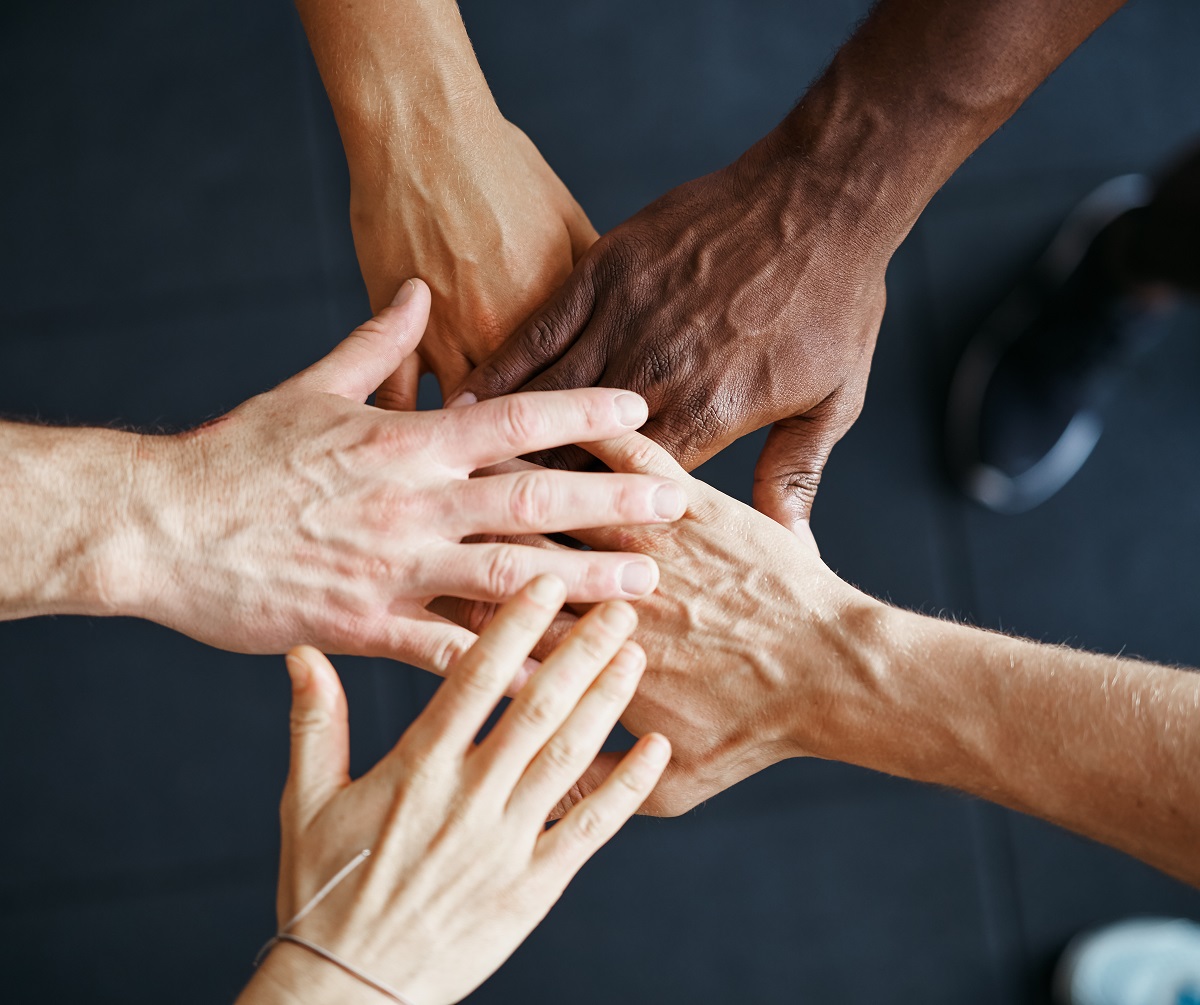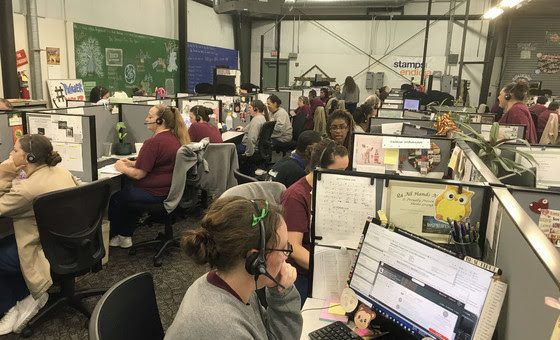How Our Second-Chance Contact Center Is Improving Diversity
Daniel Hoffmann, Director of Outbound Operations & Kent Hansen, Director of Inbound Customer Service Operations for Televerde
When we talk about bias, it usually comes with negative connotations. It is often lumped in with terms like ‘prejudice’ or ‘discrimination,’ and seen as a roadblock to improving diversity. However, every person holds bias that influences their daily lives. What we eat, how we dress, where we shop and more are all determined, in some part, by the conscious or unconscious biases we hold. They help our brains form connections that serve us in various areas of our lives, from completing tasks to maintaining interpersonal relationships.
However, in the business world, bias can become more of a hindrance than a help. Negative bias can get in the way of improving diversity and inclusion. When left unchecked, bias in a professional setting can lead to poor decisions, inaccurate conclusions, and system-wide injustices. In the contact center especially, bias can negatively affect customer service capabilities.
As directors of operations for a company that employs incarcerated women, we have a unique perspective on diversity, as well as experience with a specific kind of negative bias. The perception of our business model is not always positive at first, but providing second chances for currently and formerly incarcerated women is at the core of everything we do. Our greatest challenge after more than 25 years in business is still helping new and prospective customers to let go of their preconceptions about incarcerated workers and our business model.
The Power of Human Connection
While we often hear concerns related to our customers’ business or industry, many of the concerns presented to us are based on preconceived notions about our business model or incarcerated employees. People worry that working with incarcerated workers may pose a security risk, or that our customer care and business development reps may not have the technical skills or knowledge to perform at the level they are expected to. We’ve found that one method works better than any other to change their minds. We bring our new and prospective clients out to meet our teams and the women who will be supporting their account.
The thing about bias and prejudice, especially concerning groups of people, is that it often cannot stand up to real life experience. It’s easiest to feel contempt from far away. When you have a chance to meet a person or group of people and get to know them, many find that their preconceptions go out the window.
We’ve hosted dozens of customers over the years. The most important part of every customer visit is a roundtable with our incarcerated team. The women share their stories, experiences, and things they have learned. They explain how the work they are doing and skills they are developing will set them up for success when they reenter the workforce and their communities. In turn, clients ask about their goals, ambitions, career plans and more, sharing their own stories and experiences. These roundtables are a valuable and powerful experience for everyone involved. This kind of interaction builds an additional level of empathy and understanding between our clients and our employees.
Beyond this initial visit, our customers often interact with our program graduates. Many women take on more senior roles with the company after they are released or work for other partner organizations. And our program coordinators and account teams regularly connect with executives for each of our campaigns. They provide detailed information about campaign progress and facilitate mutual feedback between our teams and our clients’ teams, strengthening the relationships. Customers frequently choose to visit with our prison teams again after their initial visit.
For every outsourced service provider, building alignment between a client and their outsourcing partner is important because it translates into better results for the client’s customers. When leaders on the client side interface with the people who are speaking with their customers and prospects every day, they gain better insight into the biggest issues and opportunities. For the agents, seeing that clients are personally invested in the results they are generating helps them stay invested in the work they are doing.
Because mutual trust and understanding is vital to successful customer relationships, we need to establish a human connection. For any contact center that wants to start improving diversity and building and inclusive culture while building relationships with customers, building human connections must be a top priority.
The Effect of Changing Minds
By being open to working with currently and formerly incarcerated individuals, our customers are initiating a culture shift within their companies. Many of our customers begin to see second-chance hiring in a new light. Key stakeholders will go back to their own organizations with plans to create more and better second-chance opportunities, often including our program graduates in those plans.
As the business world continues to expand its efforts on diversity and inclusion, second-chance hires are still often left out of the conversation. The stigma of a criminal record can be damaging to career prospects, even for those with impressive drive and talent. That’s why there is no better feeling for us as leaders than seeing one of our incredible reps achieving success with a skeptical customer and watching that customer become an advocate for second chances.
For customers and clients that may hold negative preconceptions about contact center agents based on factors like location, perceived ability or social identities, the best antidote is forming connections and building professional relationships. Improving diversity and inclusion is achieved through opportunities to share perspectives and experiences. And it’s important to facilitate those opportunities among members of internal teams and with external partners. Ultimately, our vision of diversity and priorities around inclusion may differ from those at a more traditional contact center, but our end goal is the same. We aim to create an environment that is comfortable and accepting for all our employees; one which allows them to grow professionally and perform the best they can for our customers.



